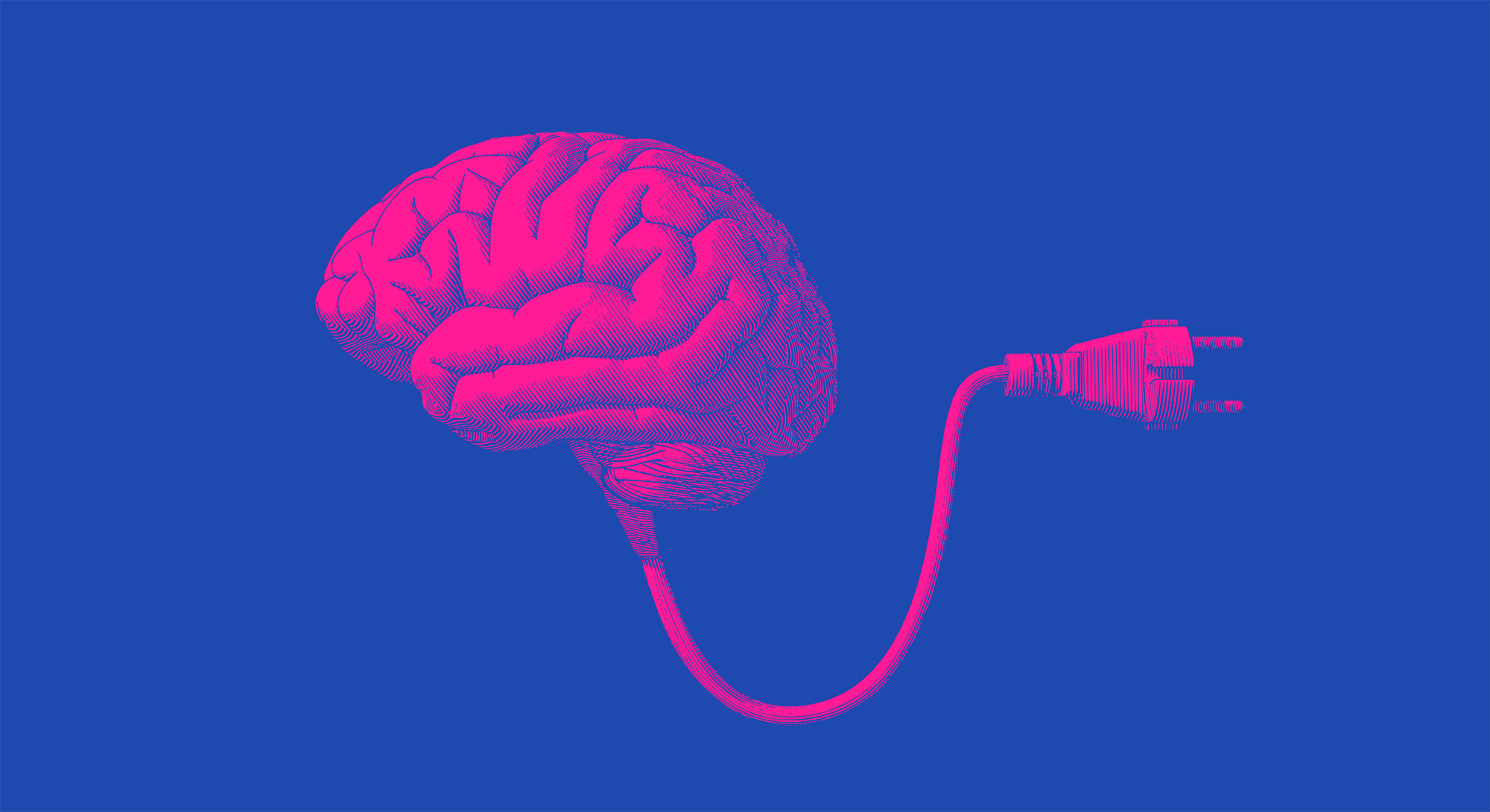The strategic advantage of soft skills and how to measure what matters
When people talk about return on investment in learning, they usually talk in metrics like productivity, retention, and time to competency. These are useful, tangible, and boardroom-friendly.
But traditional metrics don’t tell the whole story. Some of the most powerful drivers of performance, like communication, adaptability, and critical thinking, don’t show up easily in dashboards. And yet, they are the skills that shape almost everything.
They’re sometimes called power skills, core skills, or durable skills. Whatever the label, these capabilities are essential for navigating complexity and change. They enable people to collaborate, lead, and problem-solve across disciplines and environments.
The challenge? These skills are hard to quantify and even harder to attribute to a single learning intervention. As a result, they’re often undervalued, underfunded, or treated as a “nice to have.”
But in today’s organizations, soft skills aren’t soft at all. They’re foundational.
These are force multipliers, not fringe benefits.
And they’re deeply tied to organizational health. High-functioning teams deliver results with trust, agility, and shared understanding. That doesn’t happen by accident. It happens when human capabilities are seen as strategic investments, not side projects.
The absence of a clean metric doesn’t mean there’s no ROI. It just means we need a broader lens. Consider:
Behavioral feedback: Are people showing up differently in meetings, coaching, and conflict?
Engagement surveys: Are employees more confident navigating ambiguity?
Business outcomes: Are teams responding faster and smarter to change?
We can also look at leading indicators: higher rates of peer mentoring, more productive 1:1s, or team members identifying and solving problems early.
Not every gain will be linear. But that doesn’t make them any less real.
L&D leaders have an opportunity to reframe the conversation. Instead of retrofitting soft skills into hard metrics, they can:
They can also educate stakeholders about what these skills make possible: clearer decisions, faster pivots, and healthier teams.
Soft skills are often invisible, but they are unmistakable, especially when they’re missing. However, when they’re strong, they elevate everything around them. That’s ROI worth talking about.

When judgment matters, credible insight beats content volume every time.

Why human judgment still matters in an AI-powered workplace

Authors of The Digital Coaching Revolution explain how the AI-powered coaching boom will unfold

The author of Learning at Speed outlines the new AI-powered and adaptive L&D world, where learning professionals evolve from course creators to skill-builders and become valuable assets to employees and the business.

The author of Future Skills says your humanity is your future’s most valuable skill.

The author and AI expert on good AI governance and much more